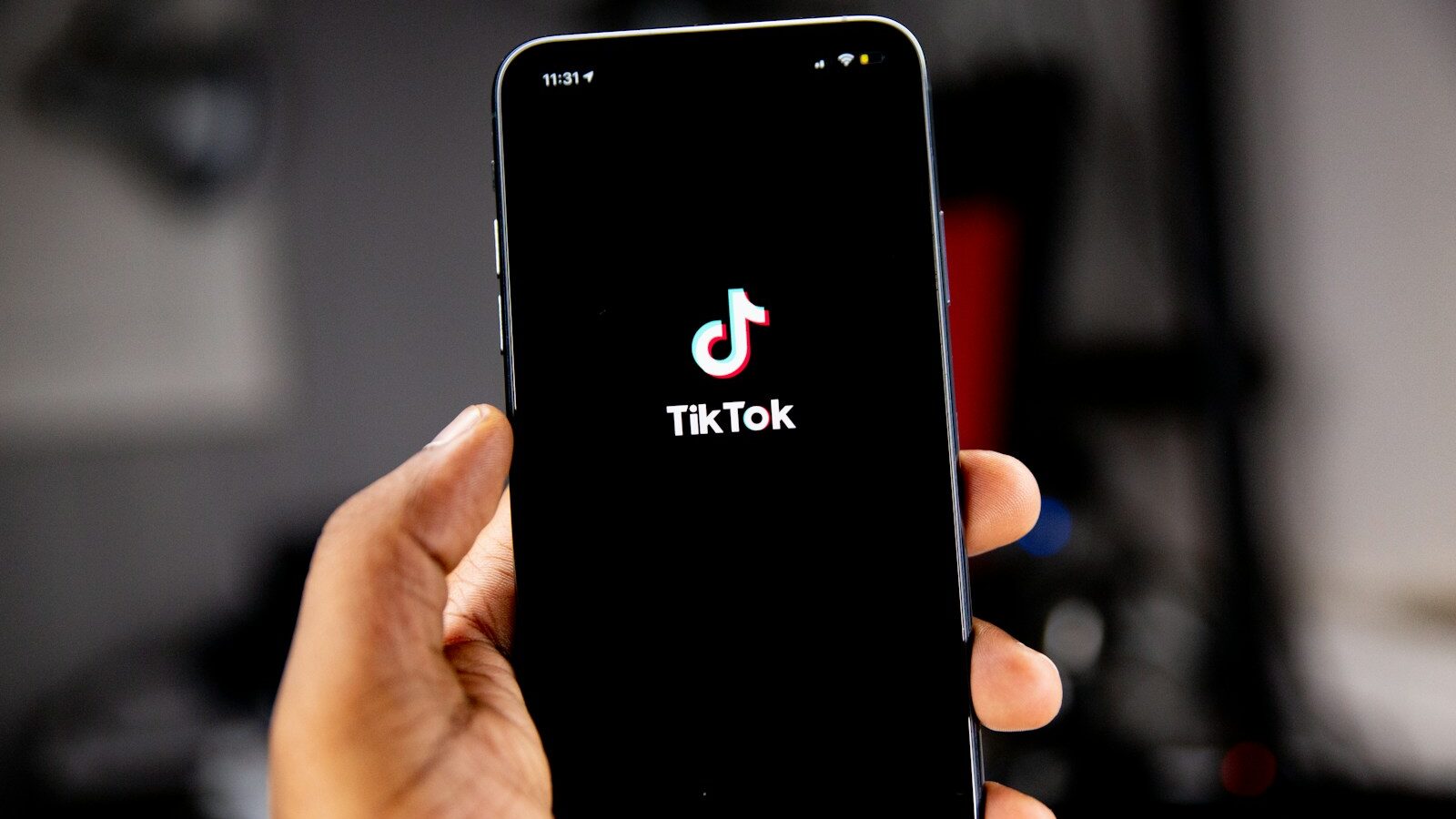We all know the cost of replacing an employee sits between one-half and two-times their annual salary. Multiply that by the average workforce attrition rate (15-20%) and you can see why repeat hiring is a seriously expensive business.
Organisations the world over are now feeling the full effects of ‘The Great Resignation’ – and it presents yet another battle for HR when the people department is already tired of running the pandemic-induced hamster wheel.
But there are ways to ease the burden and support better business outcomes, especially when it comes to high performing talent.
One notable strategy involves the delivery of first-class offboarding experiences that make the departing employee question whether they’re doing the right thing in moving on.
It’s fair to say that the importance of employee offboarding has often been overshadowed by its onboarding cousin in recent years, but one thing is for certain: with as many as 1.5 million UK workers planning to ‘boomerang’ back to a previous employer, that’s about to change.
Quicker ‘return’ on investment
But before we dive into how HR can capitalise on ‘The Great Return’, let’s look at the benefits of recruiting a ‘boomerang’ employee versus making a new and unknown hire.
First off, getting a ‘returner’ back up to speed is both faster and cheaper: you know who you’re hiring so it’s a safer investment, and the employee has proven their value once before, so HR can skip much of the time-consuming interview rounds, reference checking, and initiation training.
Research suggests that the majority of boomerang employees become more satisfied with their jobs.
Then there’s the fact that a returning employee is likely to come back with new skills and experiences: learnings that will have made no dent in your L&D budget, but which are likely to drive performance all the same.
Best of all, research suggests that the majority of boomerang employees actually become more satisfied with their jobs; they are happier, more engaged, and less likely to leave again.
Moreover, they almost always out-perform their non-boomerang peers – speaking volumes about the value of bringing talent back into the business.
Put people first (or forget it)
Of course, an organisation’s ability to re-onboard talent doesn’t rest solely on a positive offboarding experience. No employee is going to return to a job where they were undervalued, overworked, and had little opportunity to grow and develop.
Great offboarding will only encourage previous employees back to the fold if those people actually look back on that employment as a positive experience.
That said, the organisations most likely to capitalise on ‘The Great Return’ are those that prioritise people experiences throughout the entire employee lifecycle.
Great offboarding only works alongside positive employment experiences.
However, while the employee experience has dominated the HR conversation for several years now, is the ongoing debate around what millennials (or Gen Zs) want, actually doing the department a disservice?
I would argue that the debate is actually driving many to create people strategies based on their perceptions of what certain employees want.
Conversation is key
As humans we all have different needs – and in the new world of work those variables are now greater and more diverse than ever.
Just as no two people are the same, neither are any two employees. Rather than devising people strategies based on what we think employees want, we should be talking to those employees.
Critical to success here, is enabling frequent and effective manager-employee conversations. One-to-ones that extend beyond performance ratings and which enable much broader, employee-led discussions around wellbeing, motivation, and development.
Effective manager-employee conversations are the single, fastest route to improving both people experiences and talent retention.
It’s the insight gleaned from these conversations that really enable managers to support their employees based on what they know about them.
Get this right and it’s the single, fastest route to improving both people experiences and talent retention.
Of course, this doesn’t mean your organisation will never again lose a high-performing employee, but it does mean those employees are more likely to ‘boomerang’ if they don’t get the same support elsewhere.
Getting ahead of the curve
So let’s imagine you have all those great strategies and tools in place but, inevitably, you’re still churning a small number of high performers. Here’s what you can do at the offboarding stage to optimise the chances of their return:
- Communication
Rule number one: make it known that the door is always open for the employee to return. Let them know that they’ll be missed and that you and others wish them well in their onward career. Most importantly, stay connected and enable them to remain part of the organisation’s wider community via technology platforms and alumni networks.
- Recognition
Thank the employee for their contribution and commitment, and communicate how valuable their efforts have been. This is an important message that should come from both HR and the employee’s manager. People have an innate need to feel appreciated so don’t forget to recognise a job well done.
- Ask for feedback
But don’t just ask for feedback, act on it. Departing employees will often provide candid, detailed, and valuable feedback during their exit interviews – insight that may one day be useful in negotiating their return.
- The 6-month check-in
Where a high performer has left on good terms, why not drop them a line at the 6-month mark to see how they’re getting on in their new role? It might be that they’re beginning to regret their move, and if so, your approach may be well timed.
The common denominator in all of this is frequent, open, and honest communication. Organisations that invest in enabling these vital conversations will already find themselves ten steps ahead of the boomerang curve.
Interested in this topic? Read ‘Offboarding: an overlooked step in the employee lifecycle?‘
[cm_form form_id=’cm_65a14c3f5da64′]








